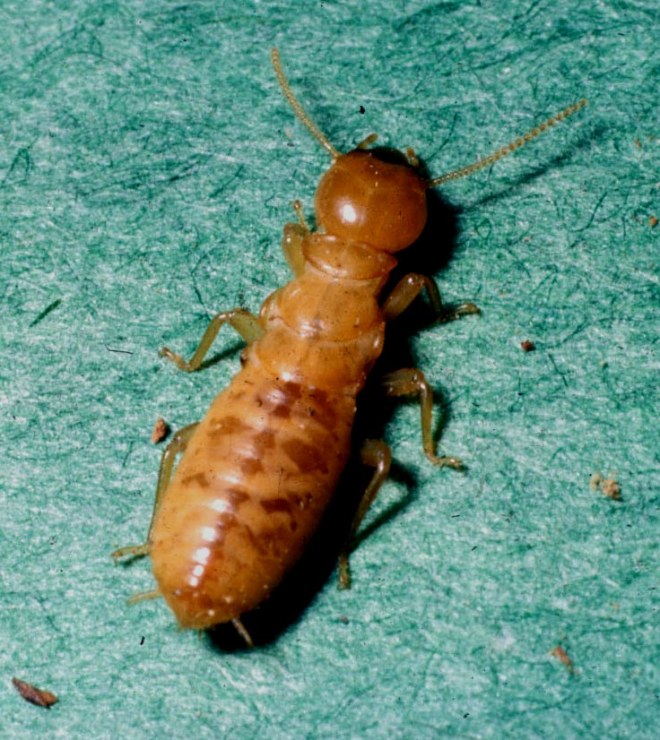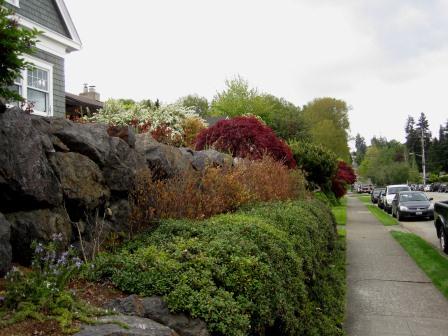In my part of the world we’re able to send most of our organic stuff through the green cycling program, where it ends up being made into compost. Cedar Grove contracts with the City of Seattle to do this service. As you might imagine, this requires huge, multiple facilities to handle all of the organic material that comes through the system. And it’s not difficult to imagine that problems arise, especially in choosing locations for these sites.
I don’t know anyone who would welcome a large composting facility next to their neighborhood, and I sympathize with people who were living downwind of where these facilities were constructed. (People who moved there afterwards should have known what they were getting into.) But even worse is putting a facility in an environmentally sensitive area – like on an island.
On one hand, it might seem the perfect solution – put the facility on an uninhabited island to keep mainland neighbors happy. On the other hand, it’s an ISLAND – runoff is going to be a problem. So if such a site is chosen, then the company should be required to manage runoff and keep it out of the water.
Thus, I was most severely vexed to hear that Cedar Grove has asked to be exempted from the rules regulating phosphorus runoff into the adjacent slough. Unlimited amounts of phosphorus. The facility routinely exceeds the legal limit of runoff of phosphorus and occasionally other nutrients set by the state Department of Ecology. Citations, fines, and out of court settlements are nothing new to this company.
According to their spokesperson, Cedar Grove "cannot find a treatment that would work" to manage phosphorus pollution and need a waiver from the requirements. Somehow this has become the public’s problem and we should just absolve Cedar Grove of any responsibility to be a good environmental steward.
I don’t know what bugs me more: the fact that this corporation did not design an adequate facility to contain the runoff before it began operations, or that whatever governmental agency approved their plan didn’t require it.
Shut ’em down.











